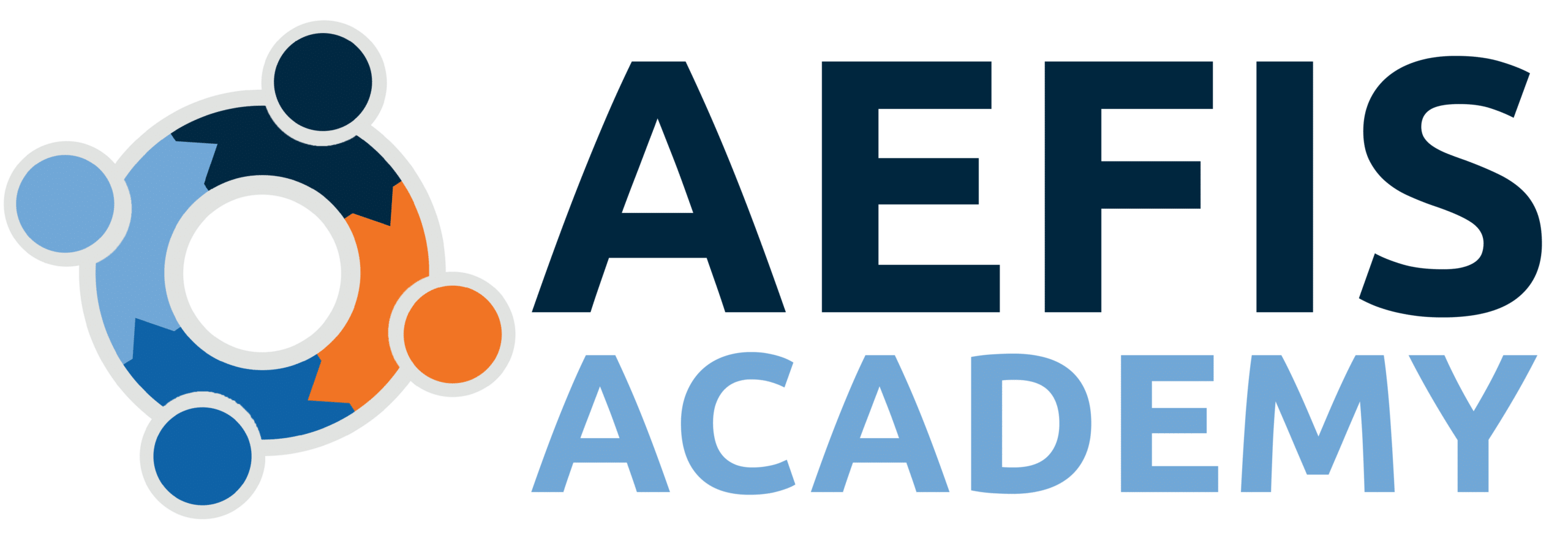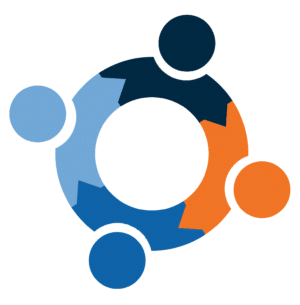“The value of a university experience especially for traditional 18-24 year-old students is as much the co-curricular world that they live in. How they are involved in clubs and organizations, the internships they have, the jobs they end up taking on, the skills they learn outside the classroom, are all part of that individual growth that really makes the whole. And so one of the things that was really appealing to me about the Comprehensive Learner Record (CLR) is that it’s going to be that manifestation for allowing us to tell the story of the value of university education. At least for UMBC, I am looking at the CLR long term as being a way that we sort of highlight the tenets of a UMBC education and UMBC experience for our undergraduate and graduate students.”
—Jack Suess, Vice President of Information Technology and CIO, University of Maryland Baltimore County (UMBC)
Although not new to education, a Comprehensive Learner Record (CLR) is a dynamic, real-time portfolio, which is both a display of curricular, co-curricular, and experiential artifacts of learning, and a digital skills “wallet” that is verified by the institution and linked to learning outcomes aligned to today’s employability skills. It holds the evidence of learning, behind the degree program and presents it in a more meaningful way to employers. Through CLR, digital evidence of students’ outcomes, across all aspects of learning are visible to learners and shareable to employers, not locked away in files, notebooks, learning management systems, registrars, study abroad offices, or student life.
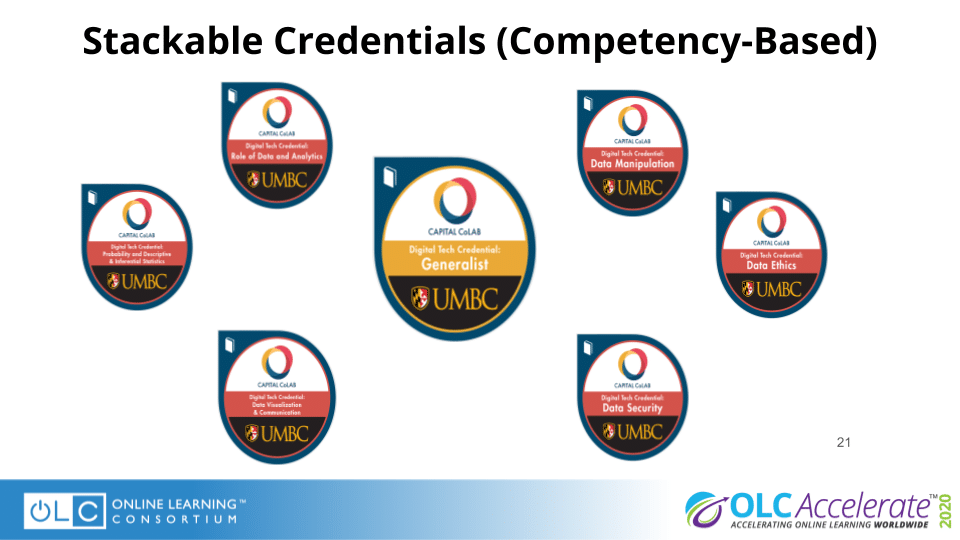
Historically, the onus is on the learners to sort through and compile their activities to share these experiences in a practical format with employers. Transcripts don’t tell their whole story. And despite universities offering diverse experiences for students to practice these valuable skills outside of the classroom, many fall short when it comes to presenting what the students learned in a clear format. University of Maryland Baltimore County (UMBC), through its collaboration with employers and the Greater Washington Partnership, is taking the lead in providing opportunities for university experiences and employer skills to align using curriculum mapping and CLR.
“We are building out some modules that will allow students to go through content associated with different competency areas to complete a formative assessment as they go through those modules, which then end with one final summative assessment. For each competency area, they will be awarded a credential for that competency, a badge. Each of those badges will then stack to the overall generalist credential, which will appear in the CLR, and they can share out with their social media platforms.”
—Sherri Braxton, Sc.D., Senior Director of Instructional Technology, University of Maryland Baltimore County
The Greater Washington Partnership (GWP) brings together business leaders who share a commitment to the future success of the region from Baltimore to Richmond. As a collaborative partner, UMBC provides opportunities for students to build knowledge, skills, and abilities through coursework and co-curricular activities aligned to GWP. This is where UMBC has decided to start its CLR initiative.
“What’s getting us to move forward with the Comprehensive Learner Record is that in our region we have a set of employers that are very large through the Mid-Atlantic Region. And when you look at this when you have Northrop, Amazon, Lockheed, Capital One, and then a variety of other large employers all wanting to see certain skills for students that they are going to be hiring this is something that is allowing us to be saying, ‘Alright, how can we show these employers that in fact the skills that they are identifying, the knowledge, skills, and abilities that they want to see in students, are ones that these students actually have’,” said Suess.
Using an intentional mapping structure of outcomes aligned to employability skills, co-curricular engagement complements and even augments, coursework. The university can verify mastery of skills, link them to competencies, and issue micro-credentials such as digital badges that students can share with employers and digitally display on CLR. For institutions like UMBC to have a mechanism to support co-curricular learning as self-paced non-credit as well as in-class learning—and fuse those learning outcomes—is equally critical. CLR transparently unpacks the skills behind the credential for both the student and the employer.
“And thinking about some of the programs where it’s K-12, community college, university; because we know with our Montgomery County partners, they have some programs that start in 10th grade where students are going to go into certain areas while they’re in high school, they are also taking courses at the community college, they graduate from high school, they may already have 30 credits in the community college, they go Montgomery County Community College and then to UMBC; how we structure a plan to be tracking all this, and how we are informing the students to optimize their pathway through these three institutions is a really interesting problem that something like the Comprehensive Learner Record can really be helpful in,” said Suess.
